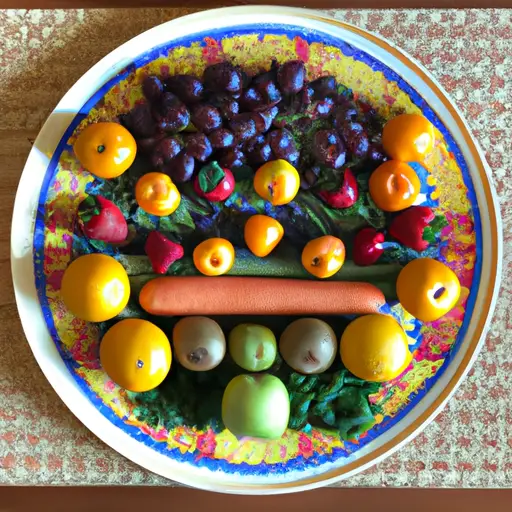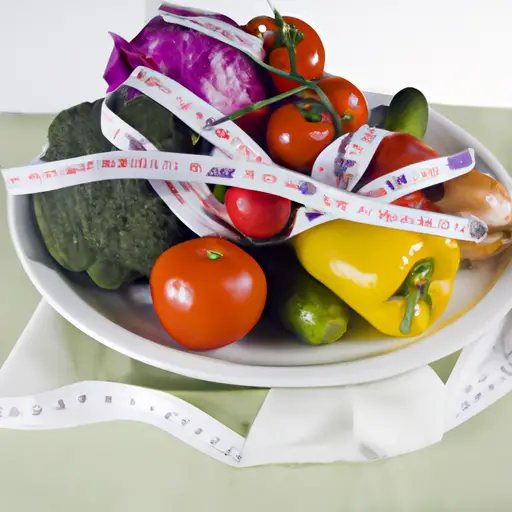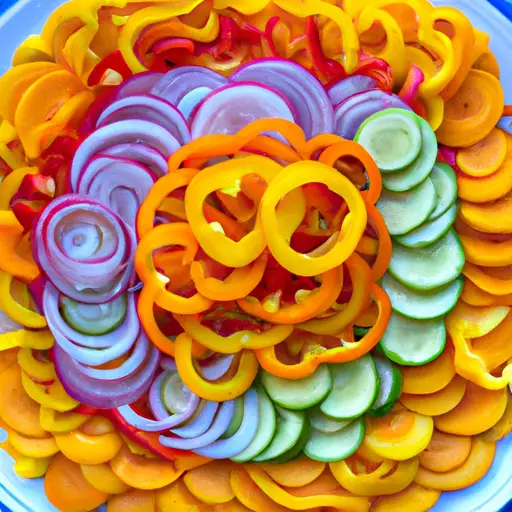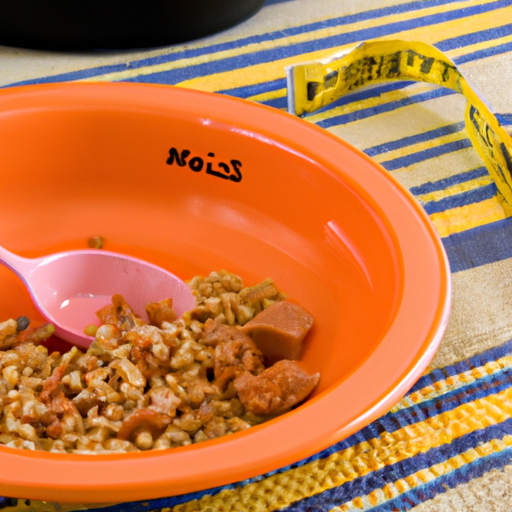Balanced Meals for Healthy Weight Loss
So, what’s a balanced meal? Well, it’s all about making sure your meal contains the perfect blend of key components. Think of it as a culinary masterpiece – you’ve got your complex carbs, your proteins, and fats, as well as plenty of vitamins and minerals thrown in for good measure. Ahh, yep, it’s a beautiful thing!
Now, the real reason I’m here is to give you the inside scoop on why balancing meals is so important. Not only can it help you hit nutritional goals, but it can also save you money, time, and headaches. Plus, when you know how to fine-tune your meals, eating healthy becomes a whole lot easier.
So let’s get down to business: Here’s how balanced meals can help you reach peak performance and maintain an energized lifestyle. Ready? Then let’s jump right in!
Benefits of Balanced Meals
When it comes to eating healthy, a balanced diet is essential. It might seem like a chore, but getting the right mix of proteins, carbs, and veggies can do your body some real good. Here’s why.
First off, a balanced diet helps you get the most out of your food. With so many nutrient-rich ingredients, you’re getting more bang for your buck. You’re providing your body with plenty of vitamins and minerals that it needs to function — leaving you feeling fuller and more energized after meals.

Second, eating a balanced diet helps you control portion size so that you don’t overdo it. When you craft meals that have a good mix of ingredients, it’s easier to keep track of how much you’re eating. This can help you stay within your caloric goals and avoid overeating.
Finally, a balanced diet leads to better digestion. Having a wide variety of foods ensures that your gut is well-fed. This can help your digestive system work more efficiently – cranking out those essential nutrients and getting rid of toxins faster.
Examples of Balanced Meals
If you’re trying to eat healthier, a balanced meal is the way to go. There are plenty of options out there, so let’s take a look at some examples of meals that will help you to get in shape without sacrificing flavor.
For breakfast, why not try eggs, toast, and a spinach salad? This meal gives you some protein from the eggs and complex carbs from the toast, plus you’ll get some vitamins and minerals from the spinach. Or if you’ve got a sweet tooth, oatmeal with fruit and nuts is a delicious option. You can make it even healthier by adding yogurt or chia seeds to the mix.
At lunch time, opt for something like a tuna salad wrap with some whole-grain crackers on the side. You get the omega-3 fatty acids from the tuna, plus some essential vitamins and minerals from the mixture of veggies and grains. Or if you’re looking for something more substantial, a burrito bowl with black beans, rice, lettuce, tomatoes and peppers is always a good bet.
And for dinner, grilled chicken and roasted vegetables never fail. The chicken is a great source of protein and the veggies provide important vitamins and minerals. And if you’re feeling creative, you could try some stir-fry with a variety of colorful ingredients — bell pepper, carrots, onions, mushrooms, and whatever else catches your eye. Plus, tossing in some peanuts, cashews, sesame oil, and ginger will give it an extra flavor kick.
Tips for Creating Balanced Meals
If you’re looking to eat healthy, creating a balanced meal is key! It’s all about the nutrient density of your food and making sure you hit all the right macro and micronutrient goals. Here are some tips to get you started on the road to balance.
First off, aim for variety. Eating the same thing every day can get real old, real fast. Experiencing new flavors, colors and textures will spark joy in your meal time, while also providing much needed nutrients that your body needs. Find foods to add in with colors, textures, and tastes you enjoy, and don’t be afraid to try something new!
Portion control is where it’s at when it comes to eating balance. This doesn’t mean that you have to go super strict and measure out every single bite — unless that’s what you want to do — but having a handle on how much of each food group you should be eating can help keep your diet on track.
Finally, focus on the nutrient density of the food you’re eating. Fill up on things like fruits, vegetables, lean proteins, and whole grains that pack the most nutritional bang for your buck. Pay attention to any processed ingredients in the food you’re buying, and make sure you know what’s going into your meals. Eating good quality food will lead to better overall health down the line.
Creating balanced meals can seem overwhelming, but with these few simple tips, you can create tasty, nutritious meals that will leave you feeling full and satisfied. So, get cooking and enjoy!
Wrapping it Up!
Alright folks, it’s been an adventure, but we’ve come to the end of our talk about balanced meals. Hopefully you now better understand what a balanced meal looks like and why it’s important, as well as some examples and tips for creating them. Eating properly can often feel daunting, but if you make a habit of doing it consistently, your body will thank you down the line.
It’s not always easy to go against the grain, especially when it comes to food cravings. But keep in mind that a one-off splurge isn’t going to make or break your nutrition game. What matters is that you commit to eating a variety of healthy foods over time in order to really see the long term benefits. Let this post be your guide and surefire way to easily stay on track!






